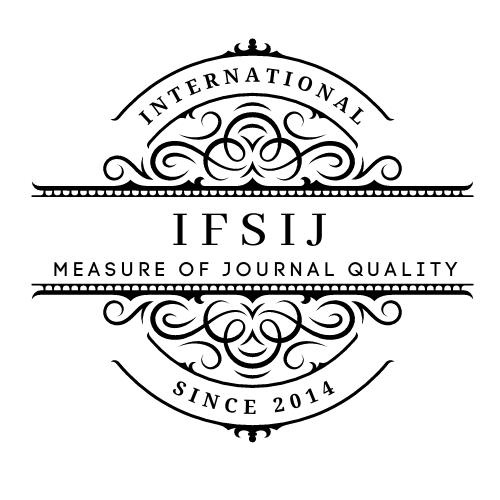INVESTIGATION OF THE OPERATIONAL EFFICIENCY OF A GAS-CONDENSATE FIELD USING GAS CYCLING
Keywords:
Gas-condensate reservoir, injection well, dry gas, recovery factor, viscosity, gas cycling.Abstract
In this study, the feasibility of applying dry gas injection technology at different pressure depletion stages in a gas-condensate reservoir was investigated. The injection process was carried out based on various ratios of injection wells to production wells (4:1, 3:1, 2:1, 1:1, and 1:2). Dry gas injection periods ranging from 1 to 3 years were studied using the Kultak gas-condensate field as a case example, with the aim of evaluating their impact on improving the condensate recovery factor. A hydrodynamic reservoir model was employed for the analysis, which was calibrated using historical production data from the field, allowing for a systematic and integrated approach. Compared to the conventional production method based solely on natural pressure depletion, the gas cycling method demonstrated a 9% increase in the condensate recovery factor. The results of the study indicate that gas injection has a significantly positive impact on enhancing the recovery efficiency of both condensate and gas when compared to traditional recovery methods. Based on the findings, this approach provides a practical and efficient solution for the rapid evaluation and implementation of enhanced recovery techniques in gas-condensate reservoirs with low to moderate C5+ liquid hydrocarbon content.
Downloads
Published
Issue
Section
License

This work is licensed under a Creative Commons Attribution-NonCommercial-NoDerivatives 4.0 International License.















